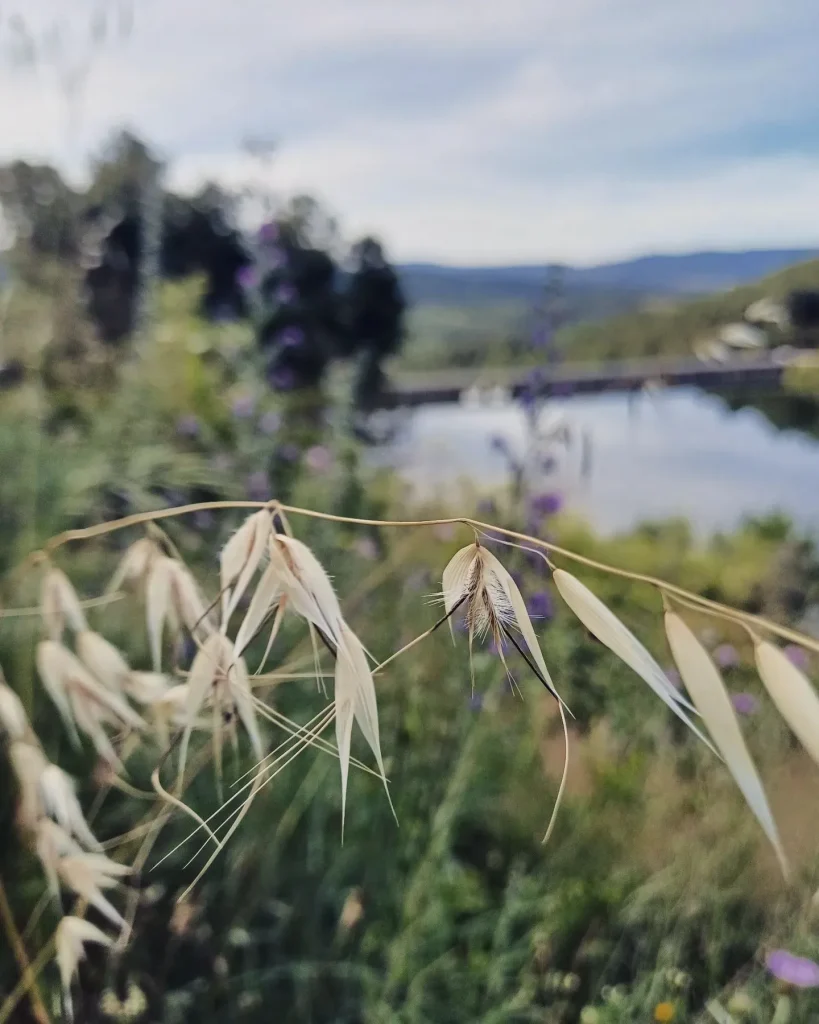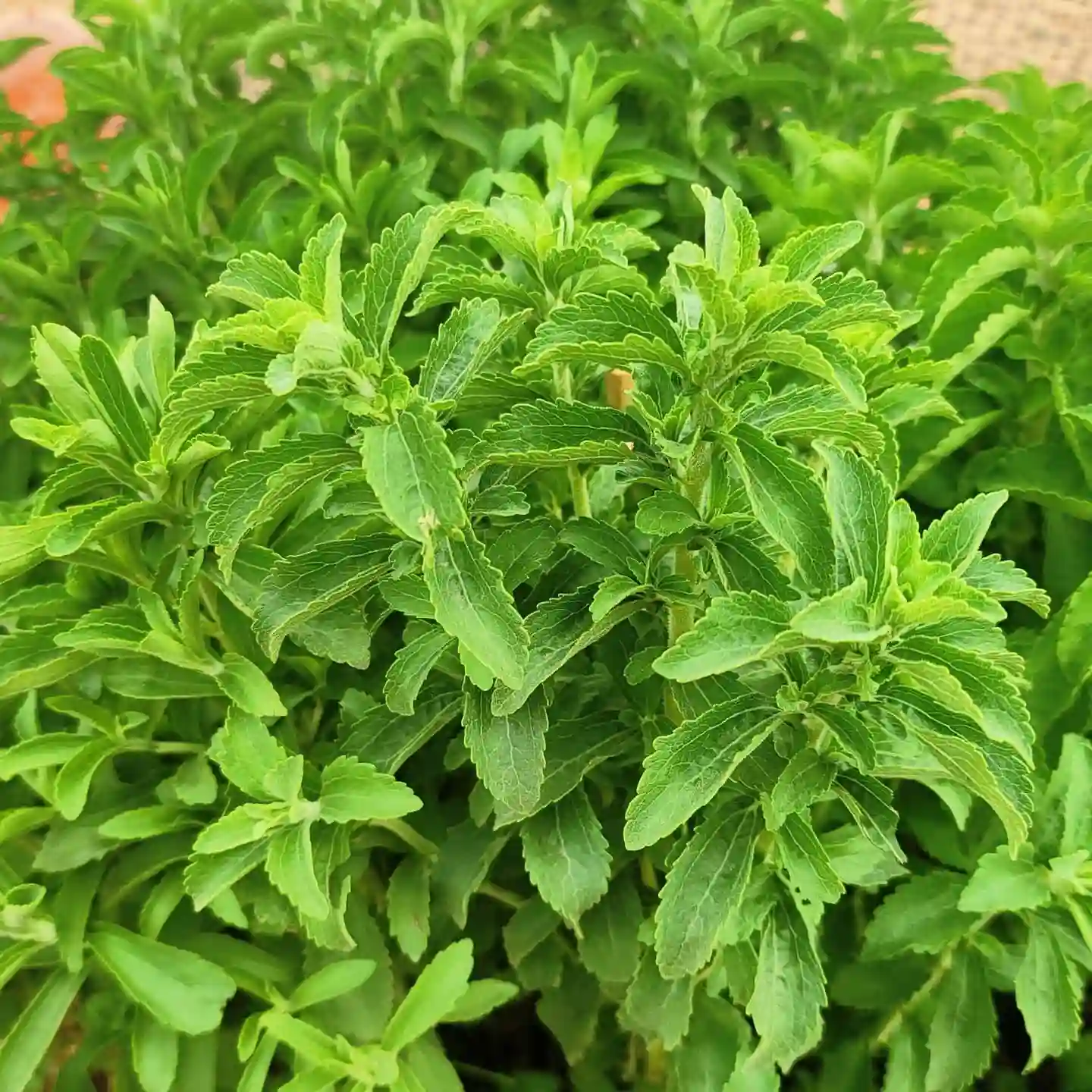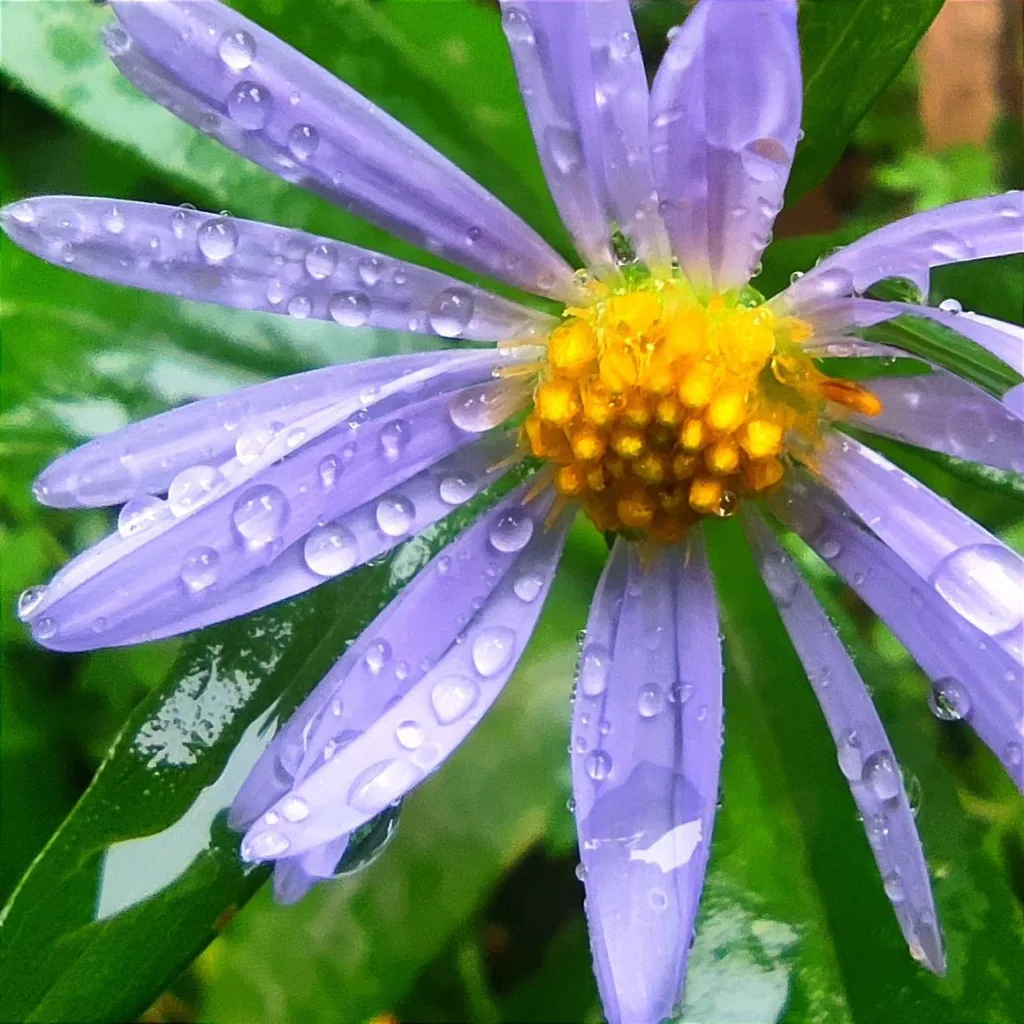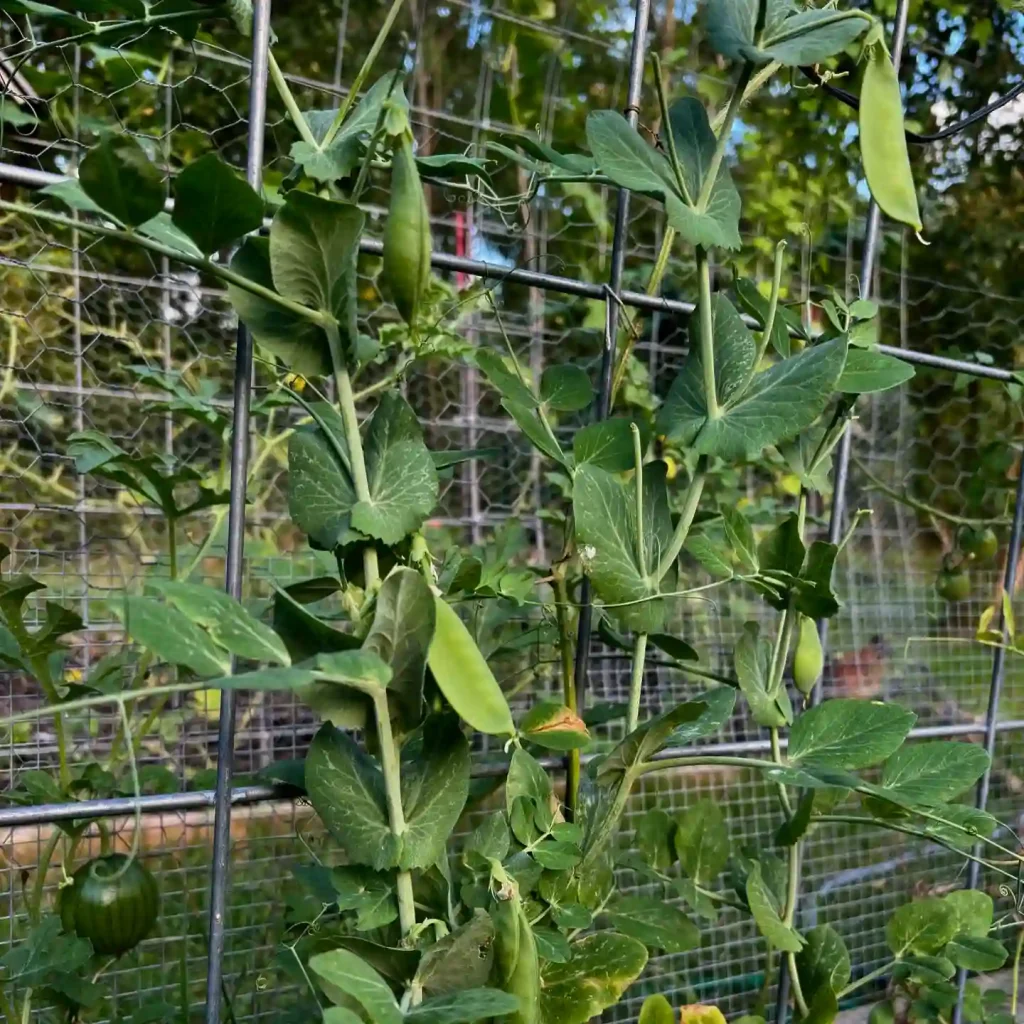The Sweetgum’s Allure: A Personal Exploration of the Liquidambar Genus
As an avid admirer of nature’s diverse tapestry, I, Ferb Vu, find myself drawn to the distinctive beauty of the Liquidambar genus from the Altingiaceae family. These majestic trees, commonly known as sweetgums, captivate with their star-shaped leaves, vibrant autumn hues, and intriguing, corky bark. Their presence graces landscapes across the globe, from the temperate forests of North America to the mountainous terrains of Asia. Join me as we delve into the fascinating world of Liquidambar, exploring its unique characteristics, diverse species, and the allure it holds for botanists and nature enthusiasts alike.
A Star Among Trees: Defining Characteristics of Liquidambar
Liquidambar distinguishes itself through a combination of striking features. The most recognizable is undoubtedly its leaves: palmate and star-shaped, with five to seven pointed lobes that resemble those of a maple. However, unlike maples, which have opposite leaf arrangement, Liquidambar leaves are arranged alternately along the stems. This distinction is a key identifier for those seeking to differentiate between these two tree genera.
Another defining characteristic is the tree’s bark. It exhibits a unique corky texture, often deeply furrowed and adorned with distinctive ridges. This unusual bark adds to the tree’s visual appeal, particularly in winter when the leaves have fallen, leaving the intricate patterns of the bark exposed.
The name Liquidambar itself hints at another fascinating attribute: the fragrant resin, also known as storax or sweetgum, that exudes from the tree’s bark. This aromatic substance has been valued for centuries for its medicinal and aromatic properties. Its uses range from traditional remedies for skin ailments to incense and perfumes.
A Diverse Family: Exploring the Species in Liquidambar
The Liquidambar genus comprises several species, each with its own unique characteristics and distribution:
- Liquidambar styraciflua: This species, commonly known as the American sweetgum, is native to the eastern United States, Mexico, and Central America. It is renowned for its stunning fall foliage, which transforms into a kaleidoscope of vibrant reds, oranges, and yellows. The American sweetgum is a popular ornamental tree, widely planted for its aesthetic appeal and shade provision. Plant FAQs: Liquidambar Styraciflua – American SweetGum
- Liquidambar formosana: Native to China, Taiwan, and Vietnam, this species is known as the Chinese sweetgum or Formosan gum. It is characterized by its slightly smaller leaves and its tolerance for warmer climates. The Chinese sweetgum is also valued for its timber, which is used in construction and furniture making.
- Liquidambar orientalis: This species, known as the Oriental sweetgum, is native to a smaller region, primarily found in southwestern Turkey and the Greek island of Rhodes. It is distinguished by its smaller stature and its preference for drier climates. The Oriental sweetgum is also notable for its resin, which is highly prized for its fragrance and medicinal properties.
- Liquidambar acalycina: This species, known as the Chang’s sweetgum, is native to southern China. It is characterized by its larger leaves and its tolerance for cooler climates. The Chang’s sweetgum is also valued for its timber, which is used in construction and furniture making.
- Liquidambar cambodiana (Lecomte) Ickert-Bond & J.Wen
- Liquidambar caudata (H.T.Chang) Ickert-Bond & J.Wen
- Liquidambar chinensis Champ. ex Benth.
- Liquidambar chingii (F.P.Metcalf) Ickert-Bond & J.Wen
- Liquidambar excelsa (Noronha) Oken
- Liquidambar gracilipes (Hemsl.) Ickert-Bond & J.Wen
- Liquidambar multinervis (W.C.Cheng) Ickert-Bond & J.Wen
- Liquidambar obovata (Merr. & Chun) Ickert-Bond & J.Wen
- Liquidambar poilanei (Tardieu) Ickert-Bond & J.Wen
- Liquidambar siamensis (Craib) Ickert-Bond & J.Wen
- Liquidambar yunnanensis (Rehder & E.H.Wilson) Ickert-Bond & J.Wen
The Allure of Liquidambar: A Personal Perspective
My fascination with Liquidambar stems from its multifaceted appeal. Its distinctive leaves, intriguing bark, and fragrant resin make it a standout in the botanical world. The tree’s ability to thrive in diverse climates and its adaptability to various soil conditions further add to its resilience and appeal.
Moreover, the Liquidambar‘s aesthetic value is undeniable. Its vibrant fall foliage transforms landscapes into breathtaking displays of color, creating a visual feast for the eyes. The tree’s graceful form and unique bark provide year-round interest, making it a valuable addition to any landscape.
Beyond its visual appeal, Liquidambar holds cultural and historical significance. Its resin has been used for centuries in traditional medicine, perfumery, and incense making. The tree’s timber is also valued for its durability and aesthetic qualities, used in crafting furniture, veneers, and other wood products.
In conclusion, the Liquidambar genus stands as a testament to the beauty and diversity of the natural world. Its unique characteristics, adaptability, and cultural significance make it a tree worthy of admiration and appreciation. As I continue to explore the botanical wonders of our planet, I am certain that Liquidambar will remain a cherished favorite, captivating me with its enduring allure.
If i die, water my plants!



